Canadian analyst Ben Rabidoux posted the below graphic on Twitter (X), asking whether Canada should place a country cap on its permanent residency intake:
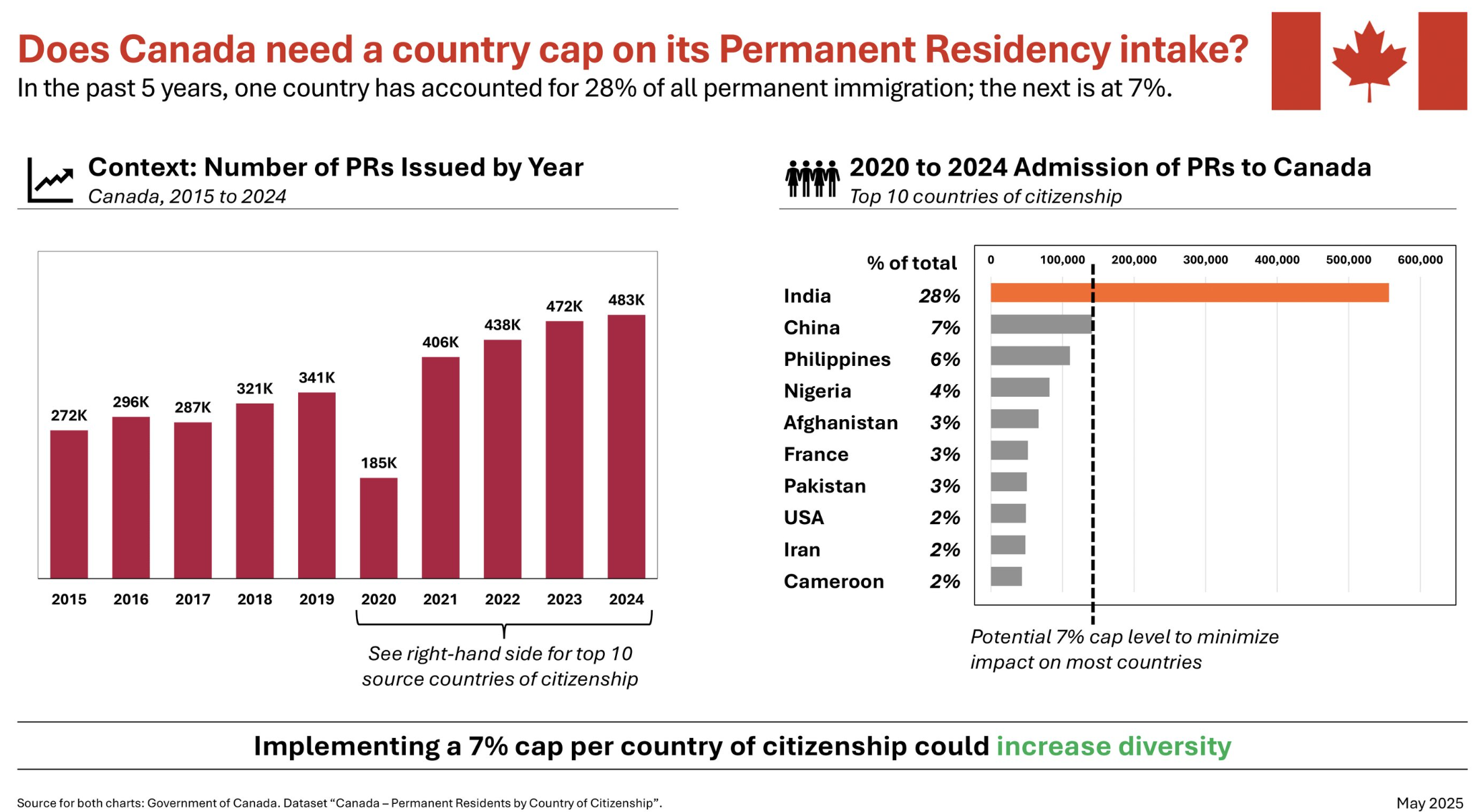
The graphic shows that India has dominated Canada’s permanent residency intake, with around 560,000 admissions between 2020 and 2024.
Rabidoux added that Canada had more than 400,000 permanent and temporary arrivals from India in 2023 alone, equivalent to another London, Ontario.
“Country caps would encourage newcomers to integrate and would protect integrity of the system”, Rabidoux said.
The above graphic inspired me to undertake a similar analysis for Australia, derived from Australian Bureau of Statistics (ABS) data, which shows that India also dominates migration into Australia.
The following chart shows that 259,400 net Indian migrants arrived in Australia in the five years to June 2024, with 517,500 net Indians arriving over the decade.
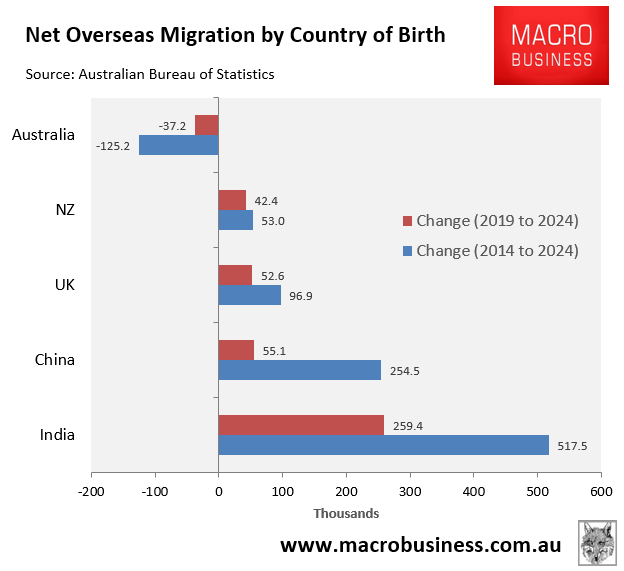
In a similar vein, the number of Indian-born Australian residents increased by 250,900 in the five years to June 2024, with 505,100 added over the decade.
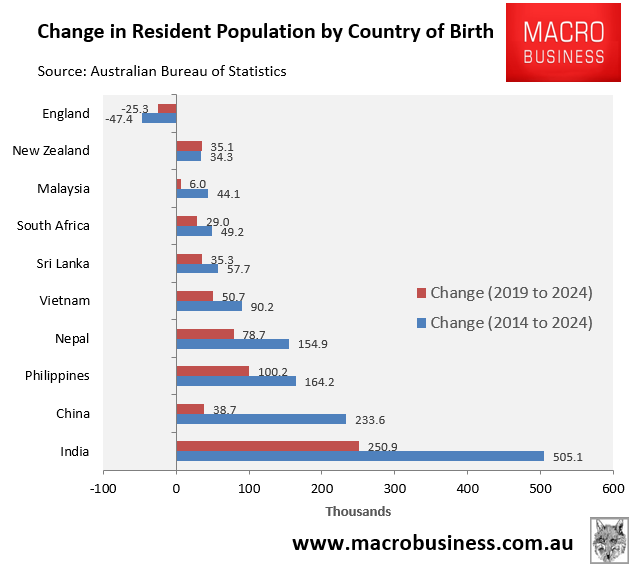
If diversity and multiculturalism are the goal, then having so many migrants arriving from one nation makes little sense. Such a concentration also risks creating a voting block that lobbies for policies favourable to itself.
If the flow of Indian migrants into Australia continues at its recent pace for another decade, then we are likely to see Indian-based political parties formed aimed at promoting Indian interests.
While the risks are obvious, there is little hope of curbing migration due to recent agreements signed with India facilitating migration to Australia, namely:
- The Australia-India Economic Cooperation and Trade Agreement (ECTA), signed by the former Morrison Coalition government.
- Australia-India Migration and Mobility Partnership Agreement, signed by the current Albanese Labor government.
- The Mechanism for Mutual Recognition of Qualifications, signed by the current Albanese Labor government.
Labor is also incentivised to maintain high levels of immigration, given that Indians tend to vote for Labor:
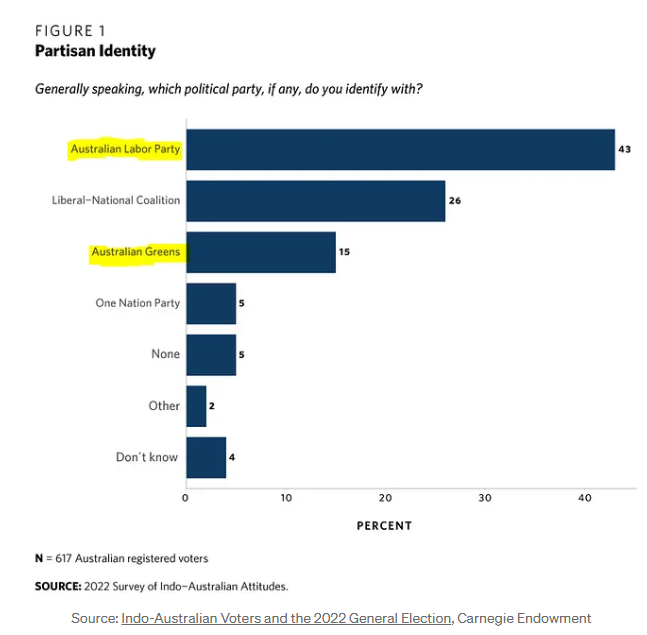
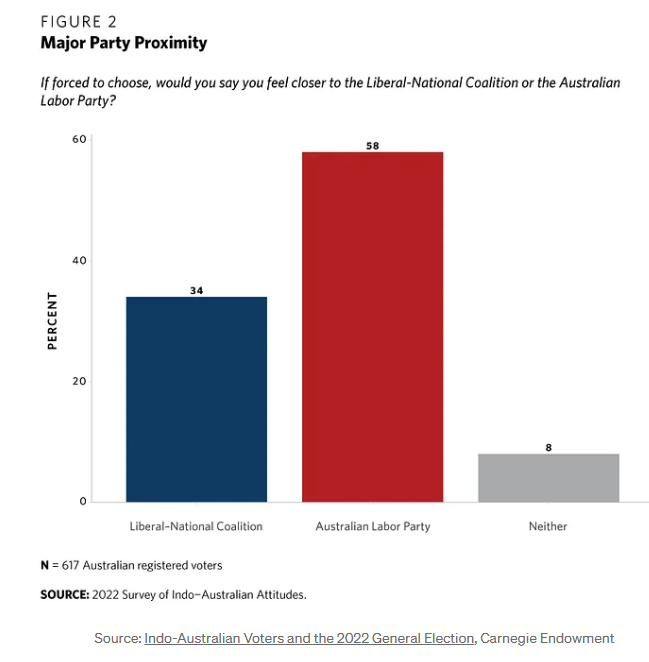
Following Labor’s election win, Indian Prime Minister Narendra Modi tweeted that he looks forward to “working together to further deepen the India-Australia Comprehensive Strategic Partnership and advance our shared vision for peace, stability and prosperity in the Indo-Pacific”.
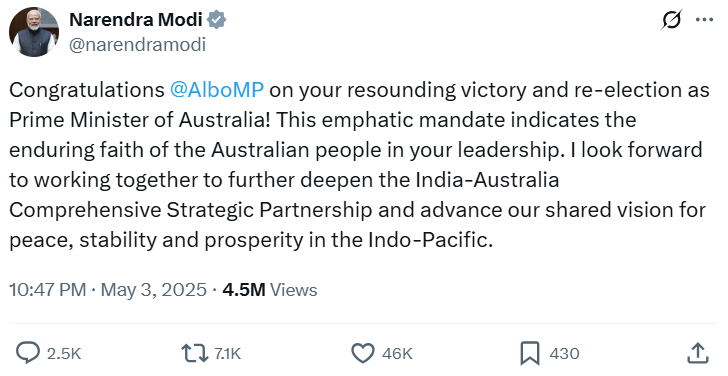
The Australian subsequently reported that the Albanese government is seeking an expanded FTA with India that will offer “greater labour market access” in return for tariff cuts for Australian farmers.
The celebratory reaction of migration agents and Indian students suggests that a reelected Labor government means easier migration pathways to Australia:
Labor will double down on Big Australia immigration and radically transform the housing and demographic composition of the nation.

